Comment by Nancy Côté, biochemist (see references at the end of the text):
"Personally, I no longer have any chemical or synthetic products at home and I am so happy that you are talking about the impact of these products on the endocrine system and on fertility, which is unfortunately significantly declining. As a biochemist and having worked in the field of reproductive biology research, my former laboratory and the scientific society have been studying for years the impact of products in our environment on fertility, neurological development, and organ development and function. The impacts are significant, can be transgenerational, and must be discussed! I therefore congratulate you for addressing the subject at this meeting! Bravo!!!"
Traditional cosmetics contain a wide range of chemical and synthetic ingredients. In addition to allergic reactions, their use has effects on hormonal health and the nervous system. Synthetic molecules have an affinity for the body's fatty substances, including hormone receptors. It's a vicious cycle: the more we are intoxicated, the more fatty substances we will produce to house the toxins. We are witnessing phenomena of hyper-exposure and bioaccumulation, hence the importance of not minimizing the impact of traditional cosmetic products on the overall health of individuals. These phenomena also influence and affect children by weakening their immunity.
Some products are toxic, while others, such as those in the silicone family (Dimethicone), are not very harmful but bioaccumulate. They have a moisturizing effect and are found in some so-called "organic" products. They facilitate the application of the product and give a silky effect. According to Health Canada, it is a persistent toxin.
Products to avoid
- Fragrances (phthalates)
- Preservatives (including MI methylisothiazolinone)
- Petroleum derivatives (paraffin, petrolatum, PEG polyethylene glycol).
- Butane and isobutane, very powerful allergens, have been found in certain deodorants.
- Amyl cinnamal opens the pores of the skin and affects the lymph node system.
- Plastic microbeads, which are a scourge for the marine ecosystem, will be banned by the federal government in the summer of 2018.
- Due to the phenomenon of oxidation, the alcohol contained in many traditional cosmetics promotes pigment spots.
- BHA (butylated hydroxyanisole) and BHT (butylated hydroxytoluene) are two antioxidants found in food and cough syrups.
- Parabens (including propylparaben). Despite their ban, they are found in certain products such as anti-wrinkle creams and foundations.
- Talc containing asbestos should be avoided. Look for the word "non-asbestos."
- Triclosan. An antibacterial agent used to sanitize hands.
- Benzophenone.
- MI or MIT (methylisothiazolinone). Preservative that received the toxicity award in 2013.
- SLS (including Sodium Lauryl Sulfate) are potentially irritating products. They strip away the skin's natural protective layer and cause excessive sebaceous secretion and dryness.
Environmental Working Group website: www.ewg.org .
*Statistics: A teenage girl uses an average of 17 chemicals and toxins per day, corresponding to a total of 170 ingredients; a woman, about 12 per day and a man, about 85 in total.
Cosmetic database: https://www.ewg.org/skindeep/# .
Website of Rita Stiens, author of “The Truth About Cosmetics”: laveritesurlescosmetiques.com .
The Women in the Environment Network where you can download a free collection of endocrine disruptors: https://www.sabotagehormonal.org/
Book “Guide to Food Additives: Precautions to Take” by Maria Denil and Paul Lannoye.
David Suzuki's website: davidsuzuki.org. Canadian site.
Your questions
Hair dyes contain peroxide, which is necessary for color retention. This ingredient has been linked to kidney, bladder, and urinary tract cancer. It's possible to find non-toxic dyes made from plant pigments, paraben-free, and with a small amount of peroxide (10 volumes).
There's no problem using lanolin. It's sheep's wool fat.
To eliminate pollutants in the home, it's important to ventilate rooms well, use few or no new materials, such as melamine, and use household products that don't contain toxic chemicals. Be careful with scented air fresheners; they're fragrances. Opt for essential oils.
Choosing a good shampoo requires careful consideration of each ingredient. Some shampoos do not contain SLS. The internet is full of recipes you can make at home.
Chemicals and synthetic products, such as pesticides, affect sperm in the same way they do the ovaries. They disrupt the nucleus and DNA replication. The result is sperm that is not viable in quantity or quality (tail, two heads). Pesticides clog the receptors, preventing hormonal activity.
Nancy Côté's references on cosmetics and their effects on health and pollutants and their impacts on reproductive health:
Janice L. Bailey et al. “Effects of an Environmentally Relevant Organochlorine Mixture and a Metabolized Extract of This Mixture on Porcine Sperm Parameters In Vitro”. Journal of Andrology, Vol. 30, No. 3, May/June 2009.
Janice L. Bailey et al. “An environmentally relevant mixture of organochlorines, their metabolites and effects on preimplantation development of porcine embryos”. Reproductive Toxicology 25 (2008) 361–366.
Ioanna Katsikantami et al. “A global assessment of phthalates burden and related links to health effects”. Environment International 97 (2016) 212–236.
Ami R. Zota et al. “The environmental injustice of beauty: framing chemical exposures from beauty products as a health disparities concern”. American Journal of Obstetrics & Gynecology October 2017.
Lindsay M. Rasmussen et al. “Effects of oral exposure to the phthalate substitute acetyl tributyl citrate on female reproduction in mice”. Journal of applied toxicology, November 2016, 37: 668–675

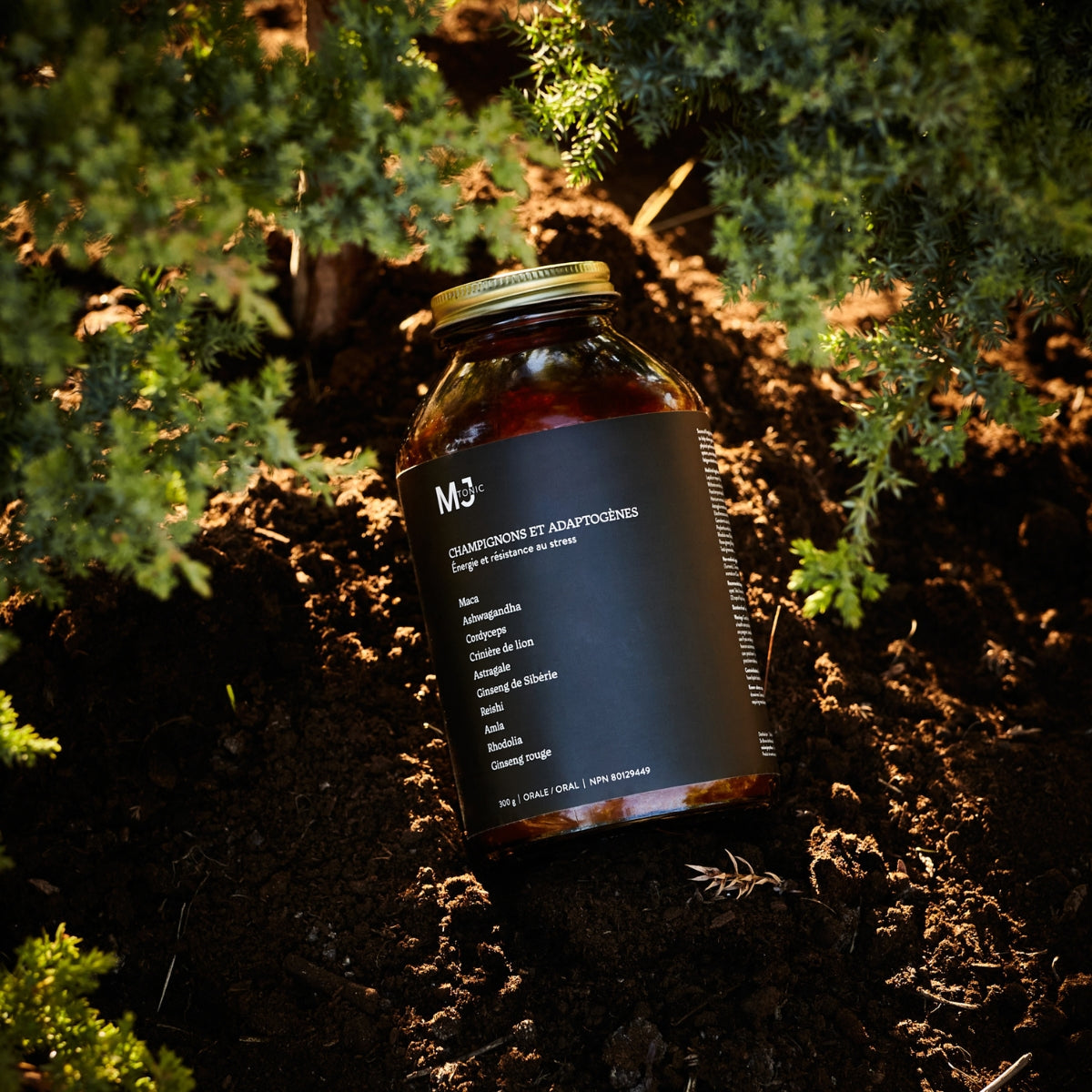

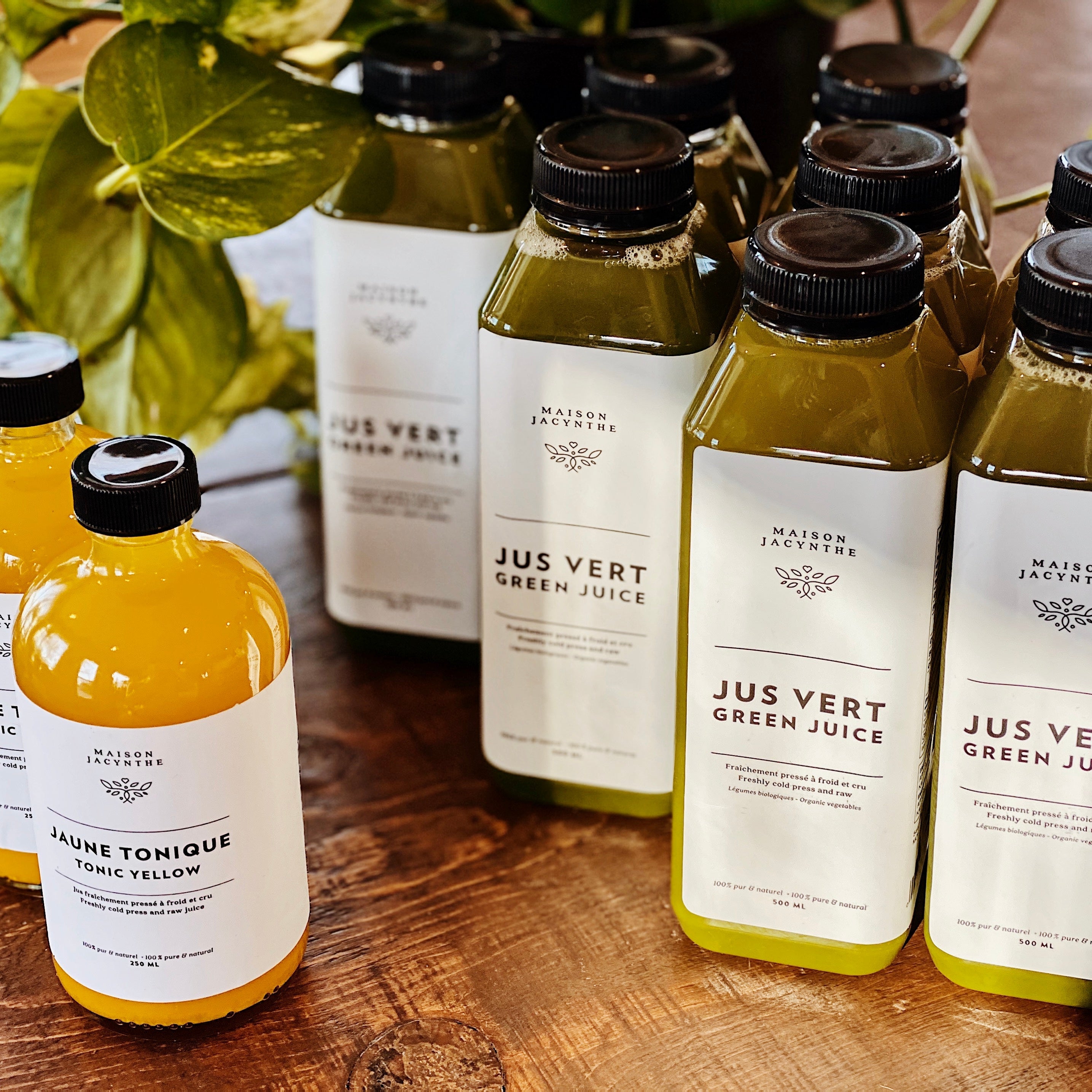
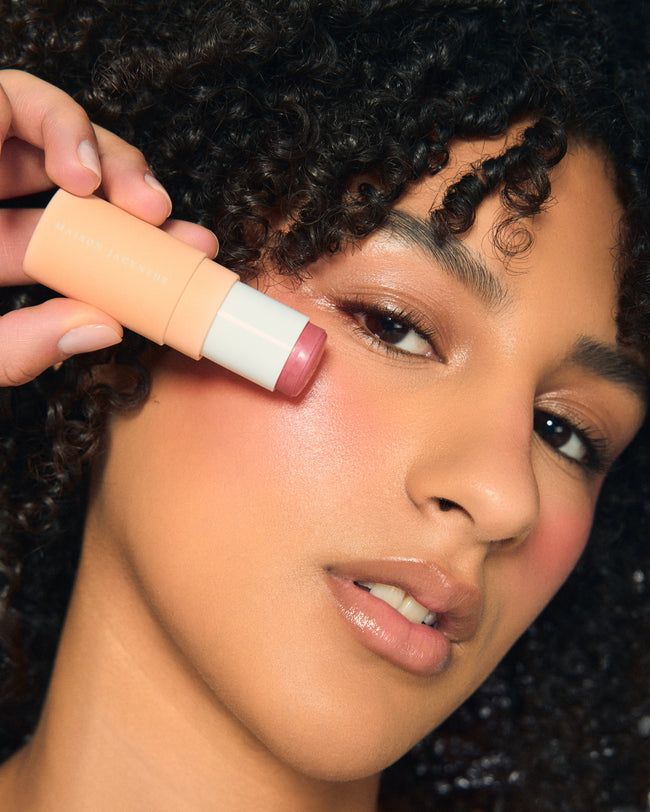
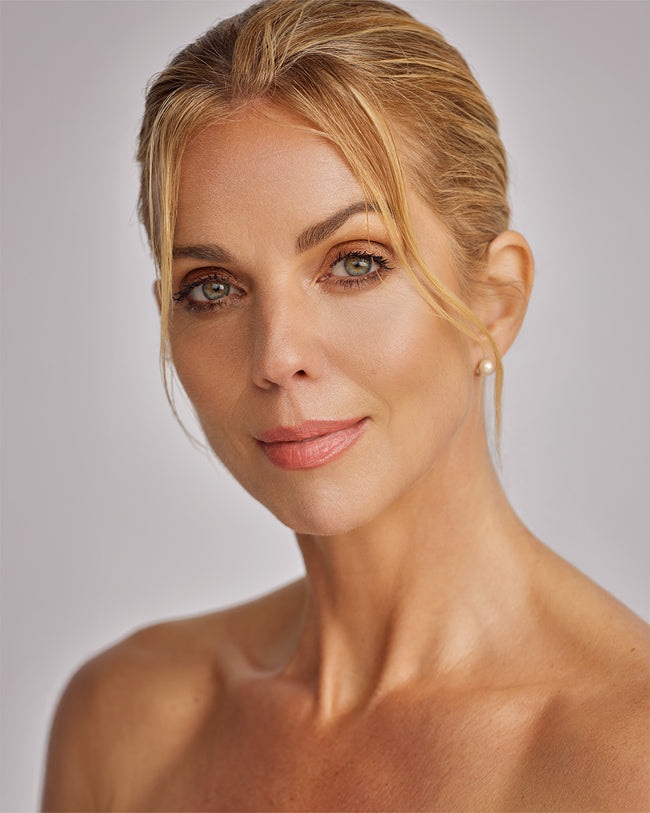
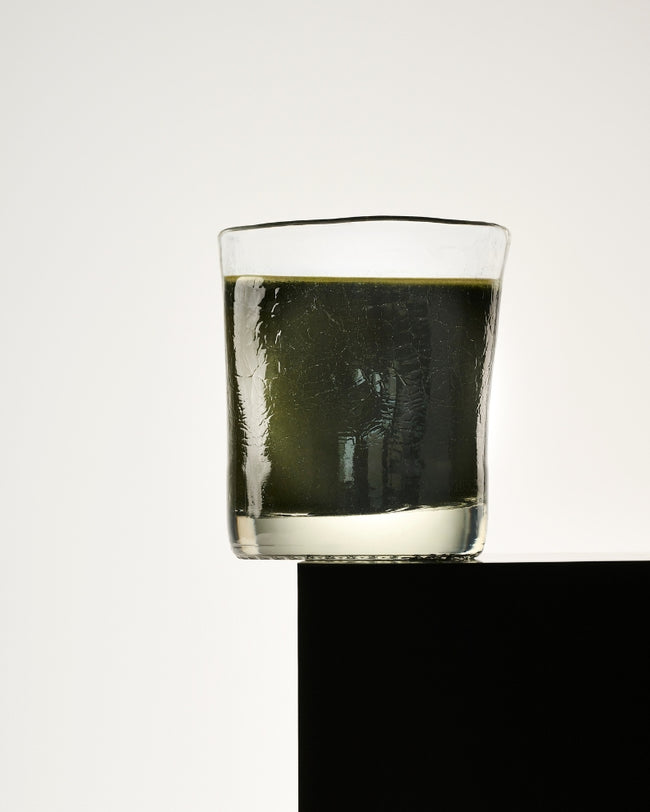
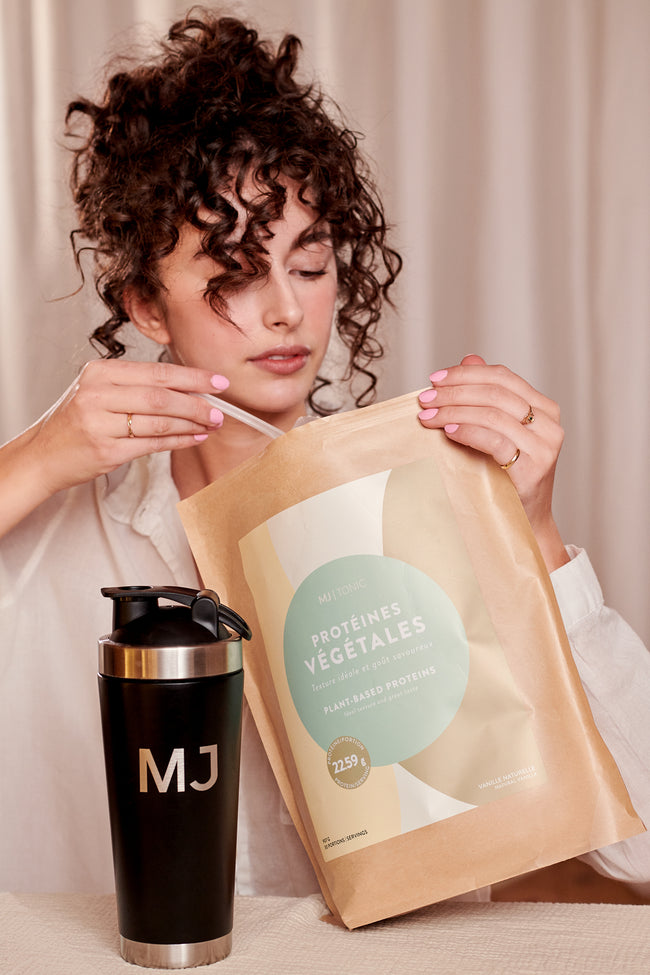
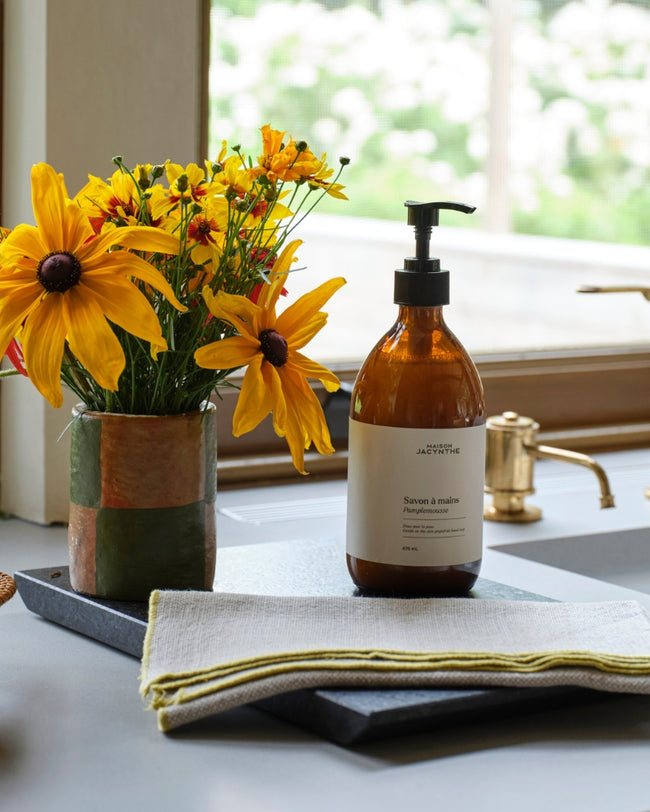
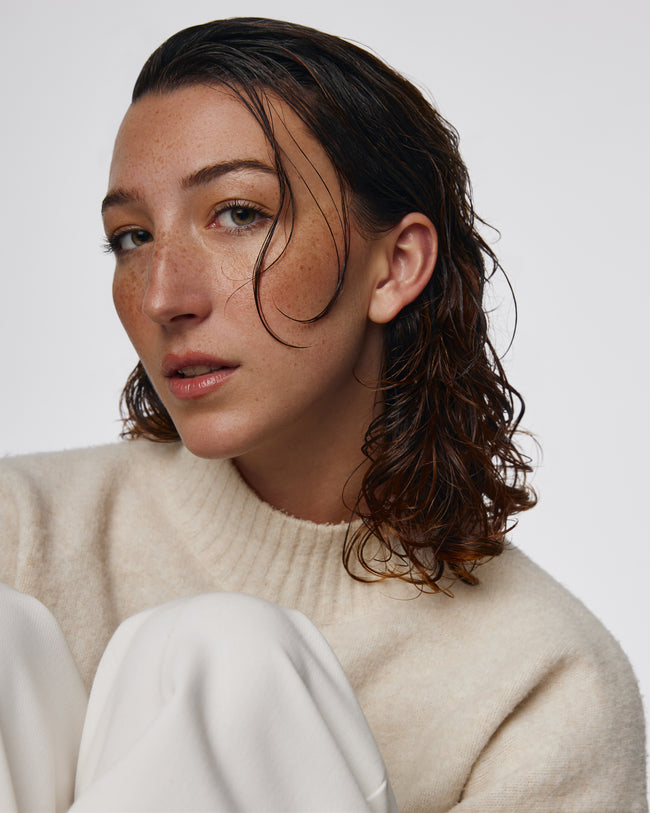
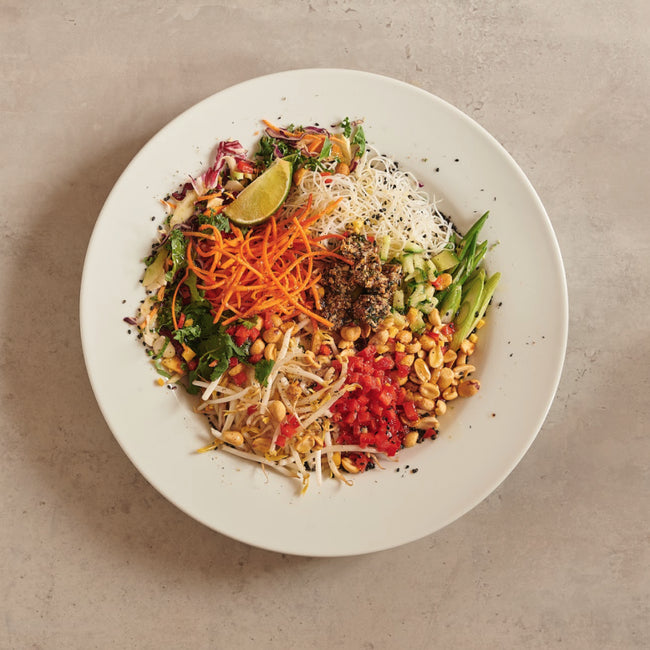
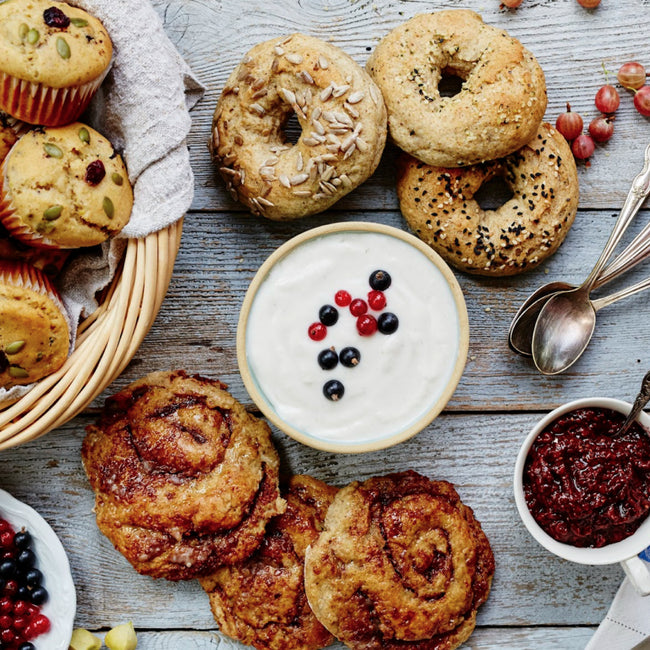
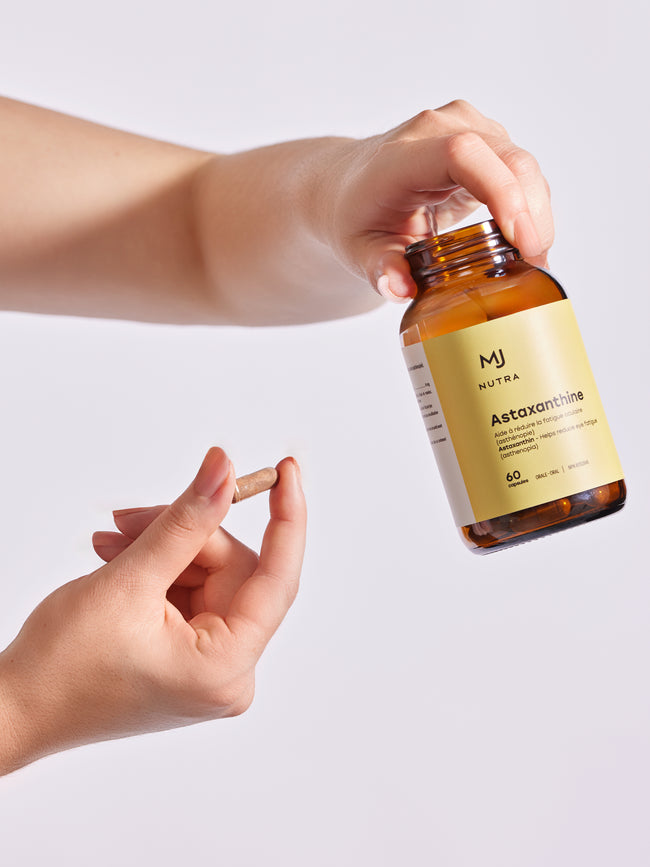

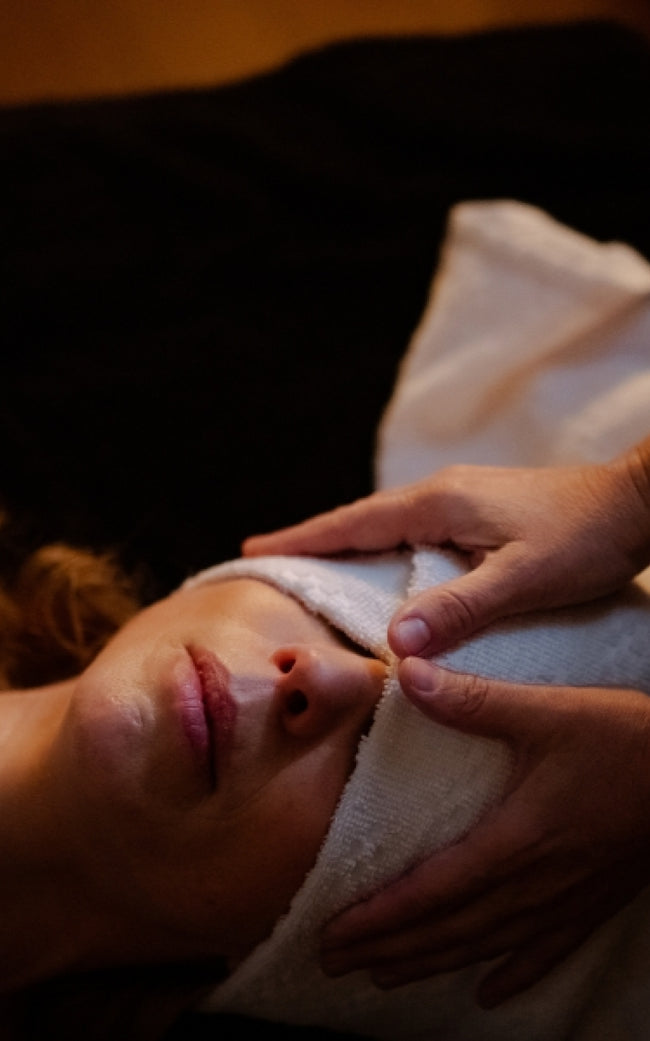







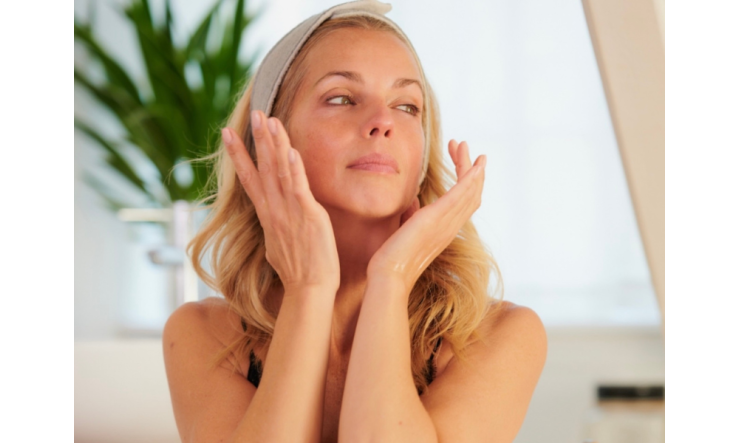

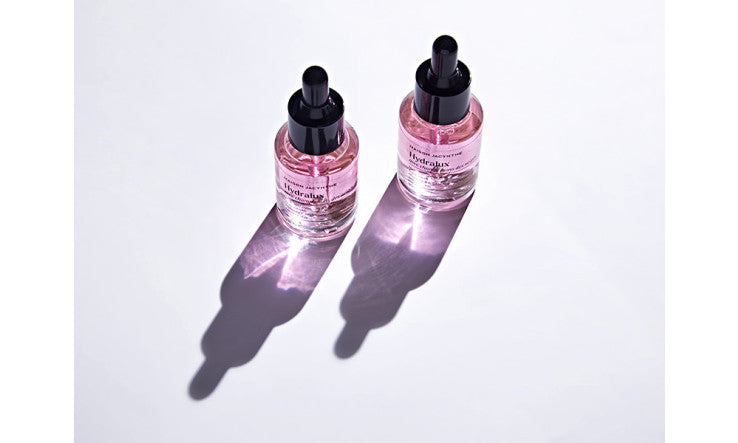


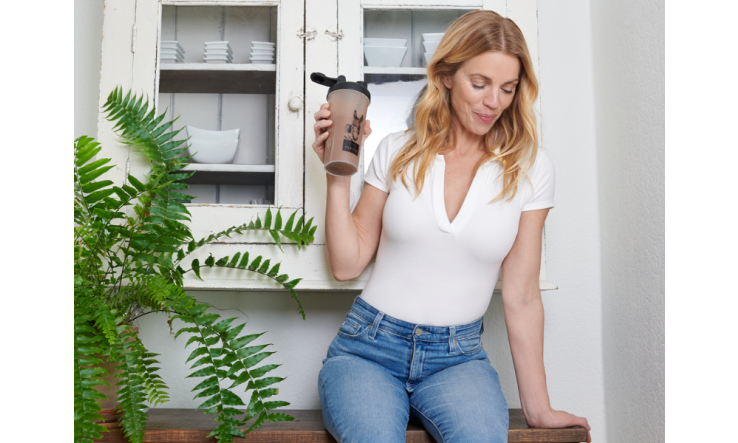



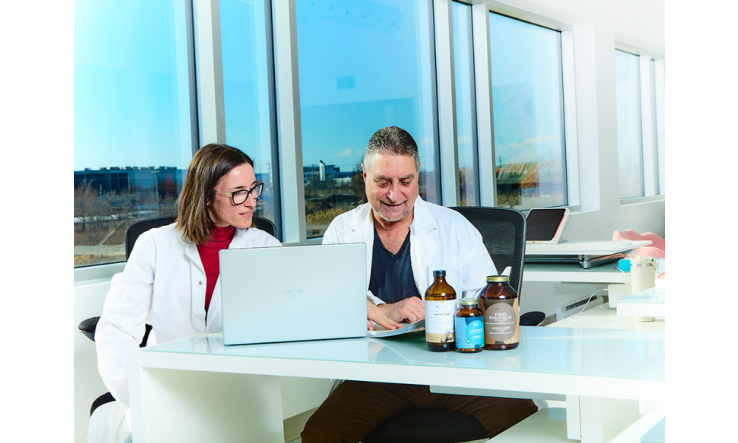
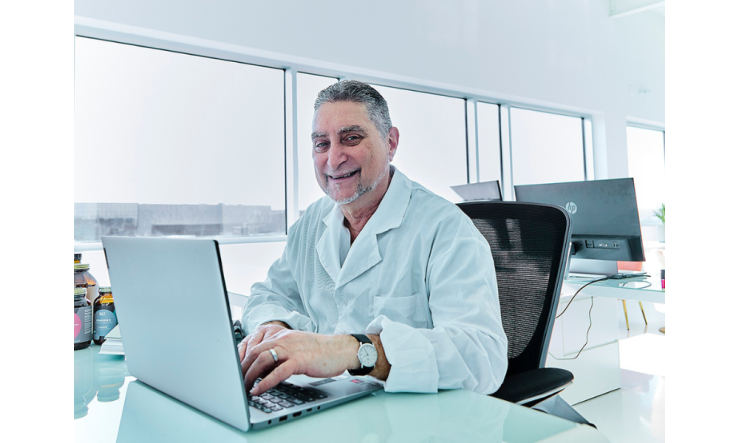
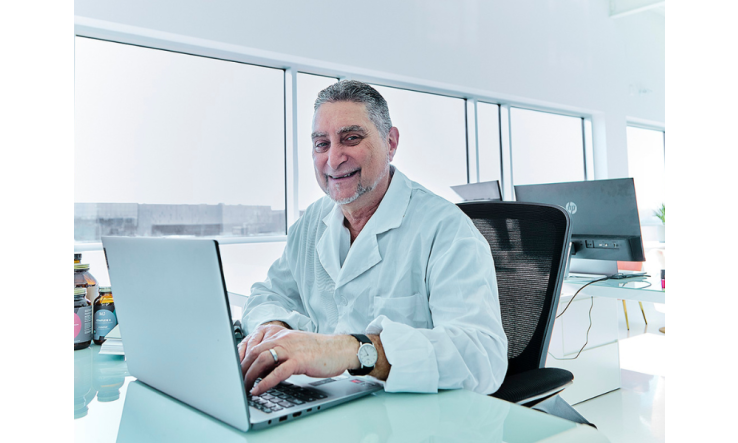
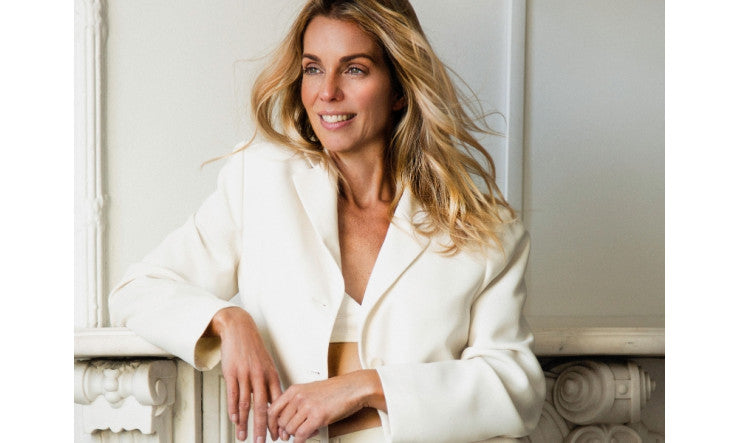
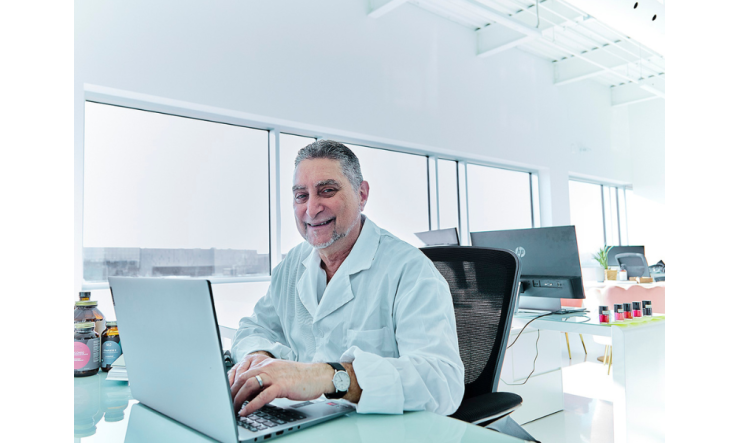
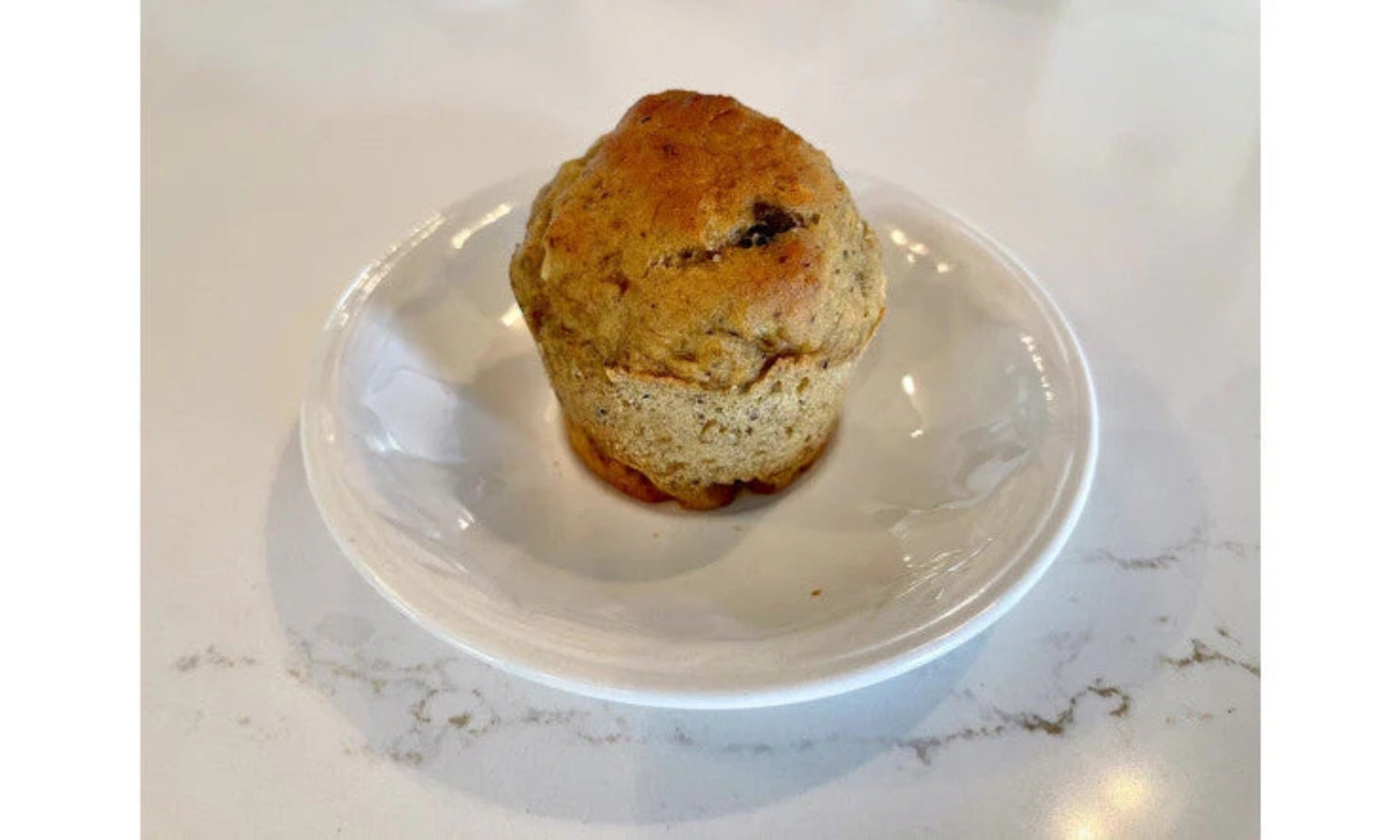

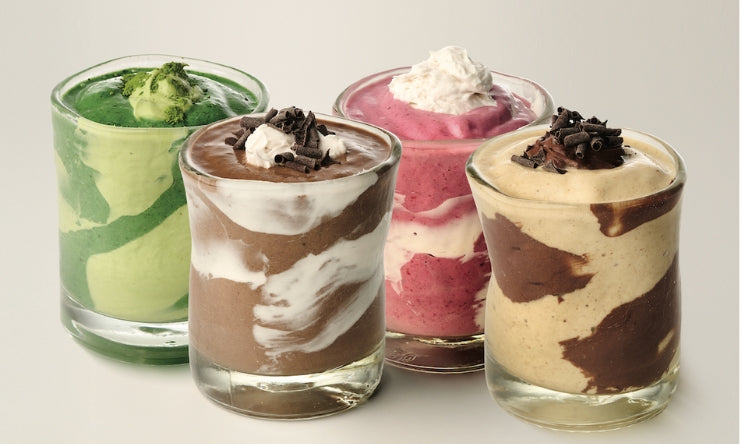
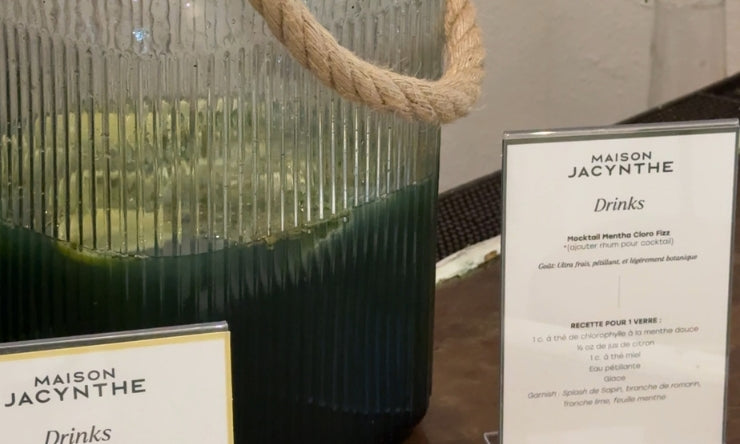

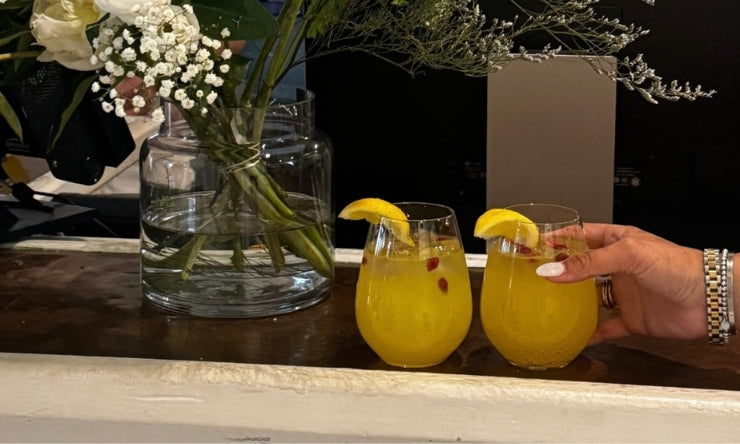
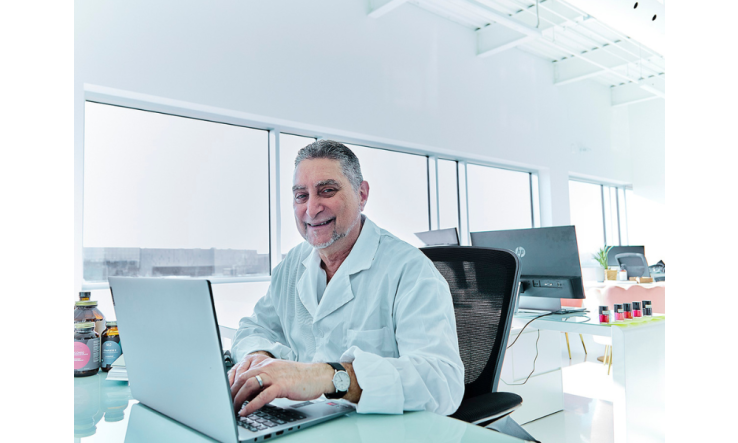
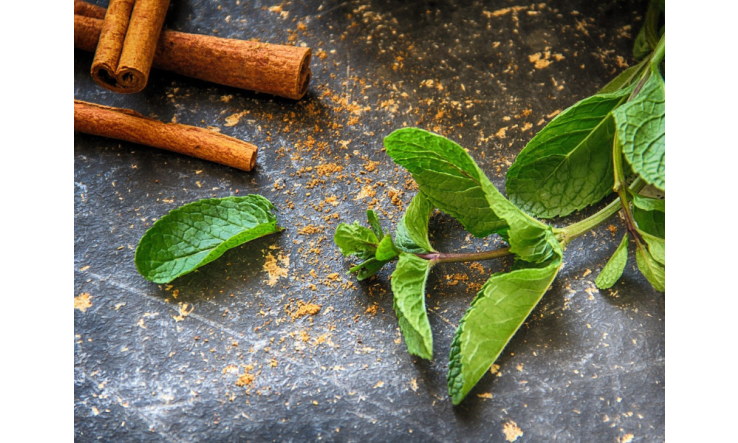




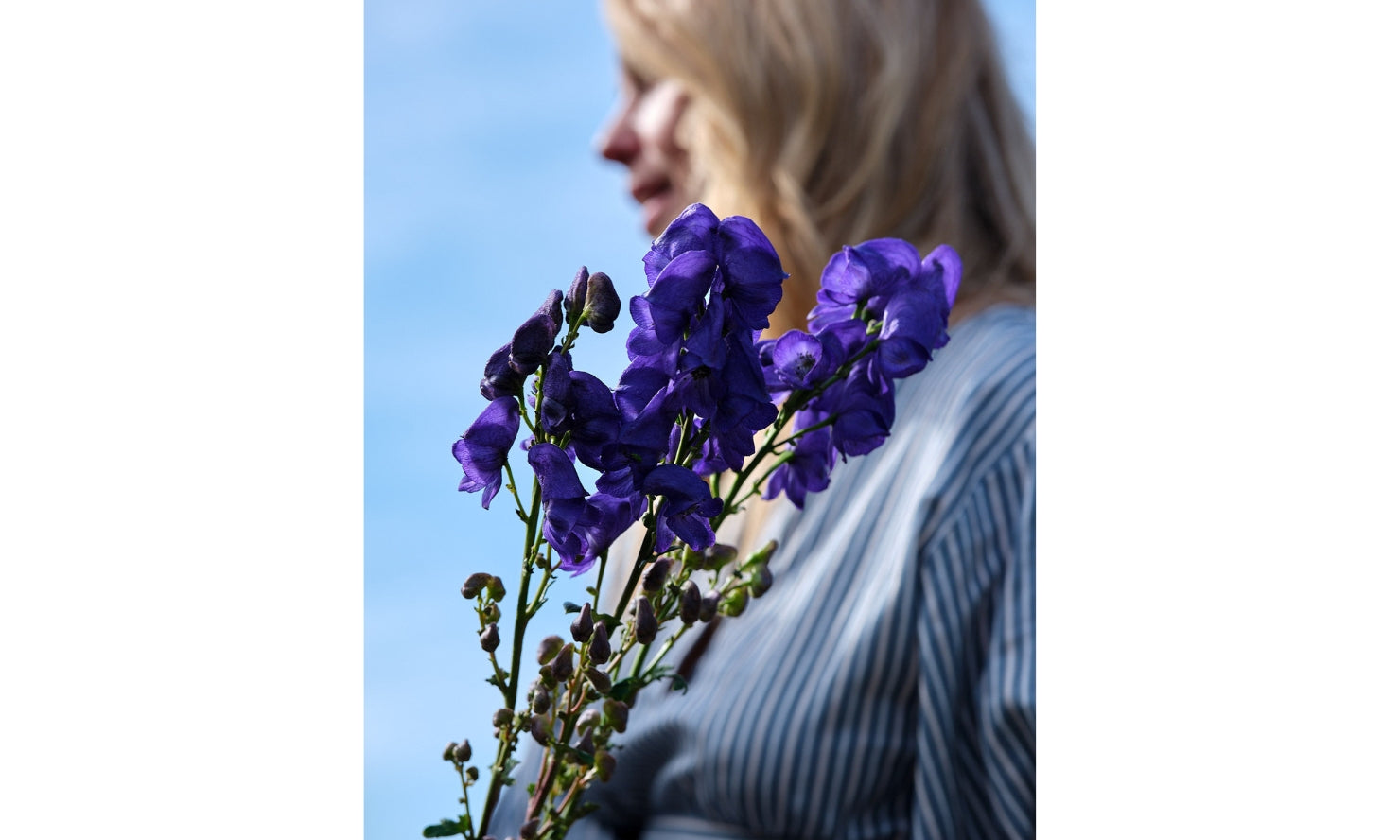
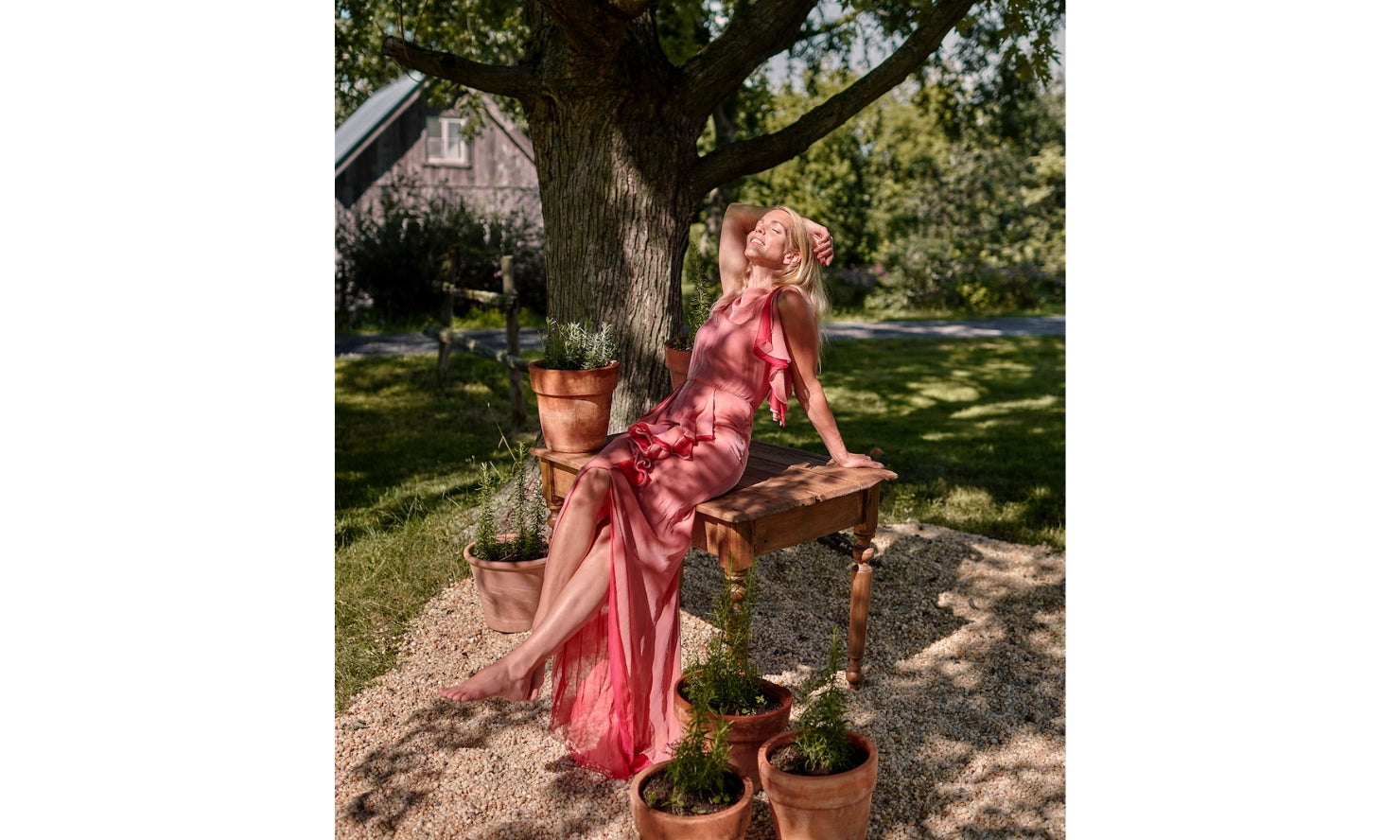

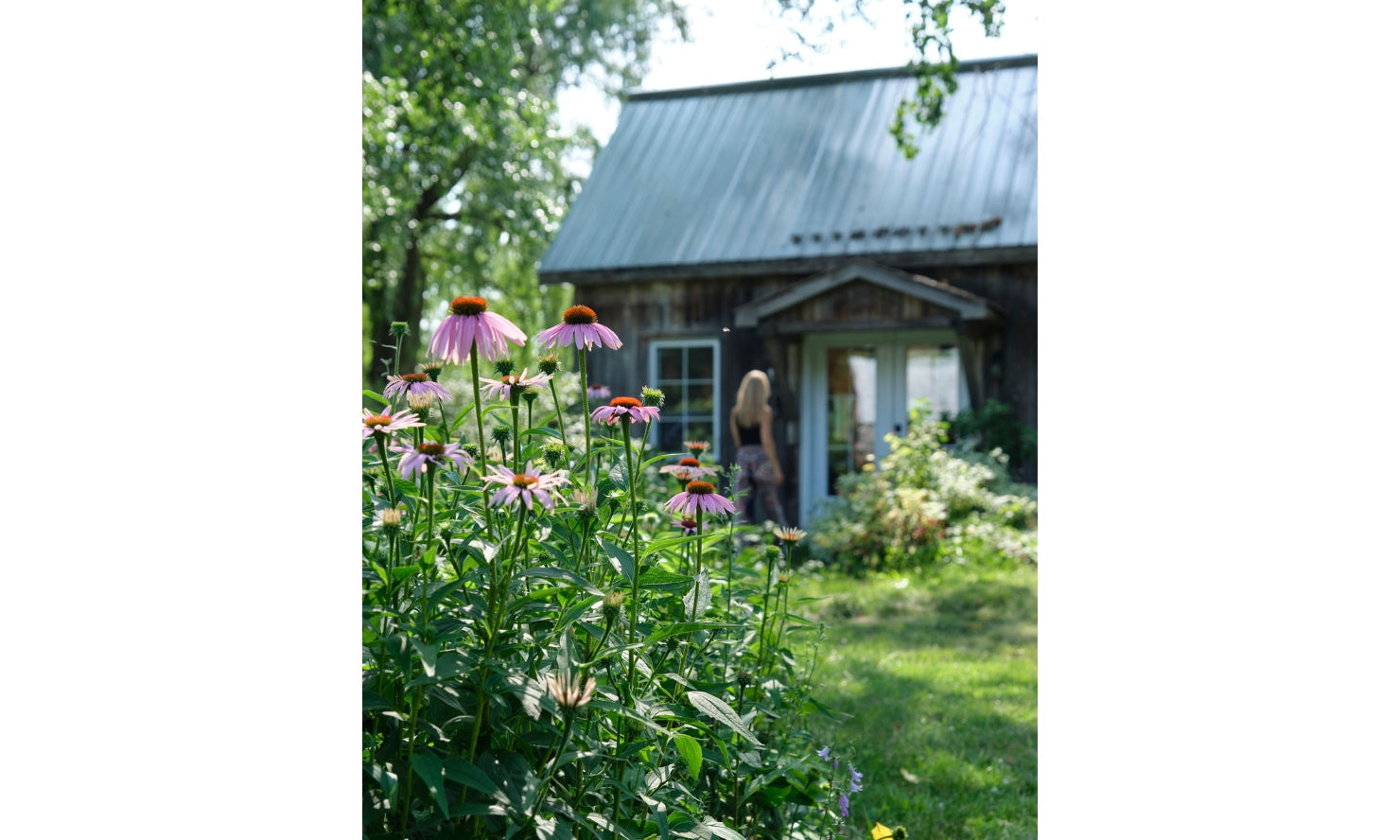








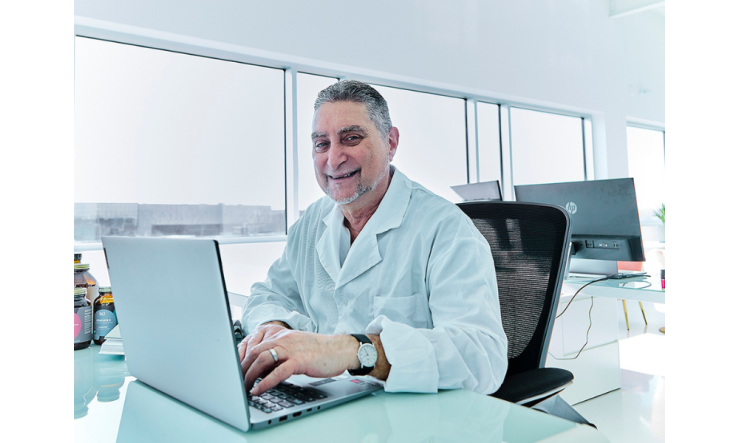


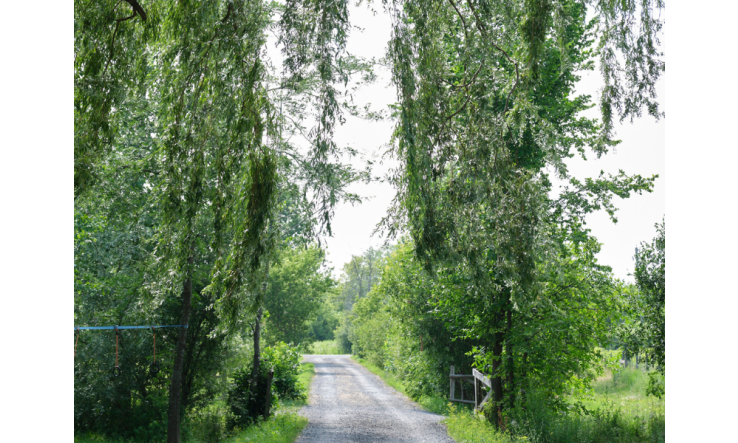
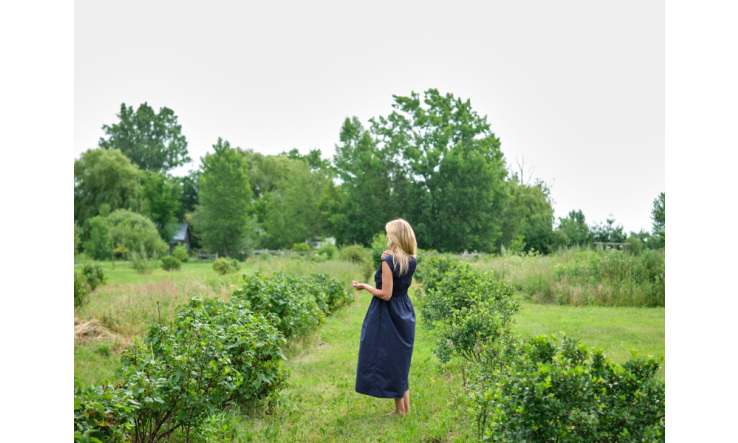
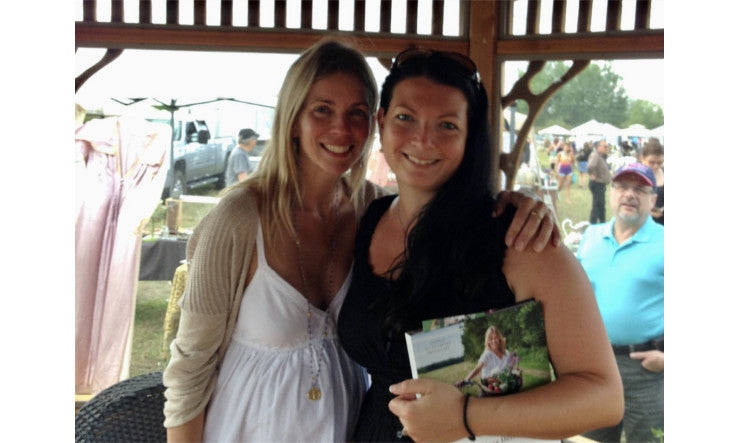
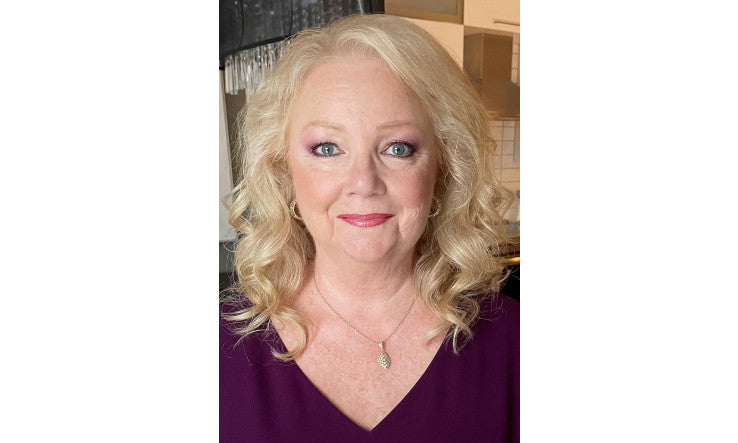
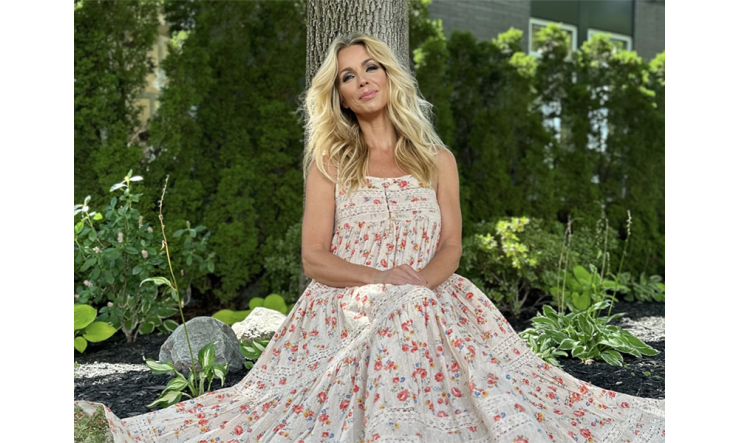
Leave a comment